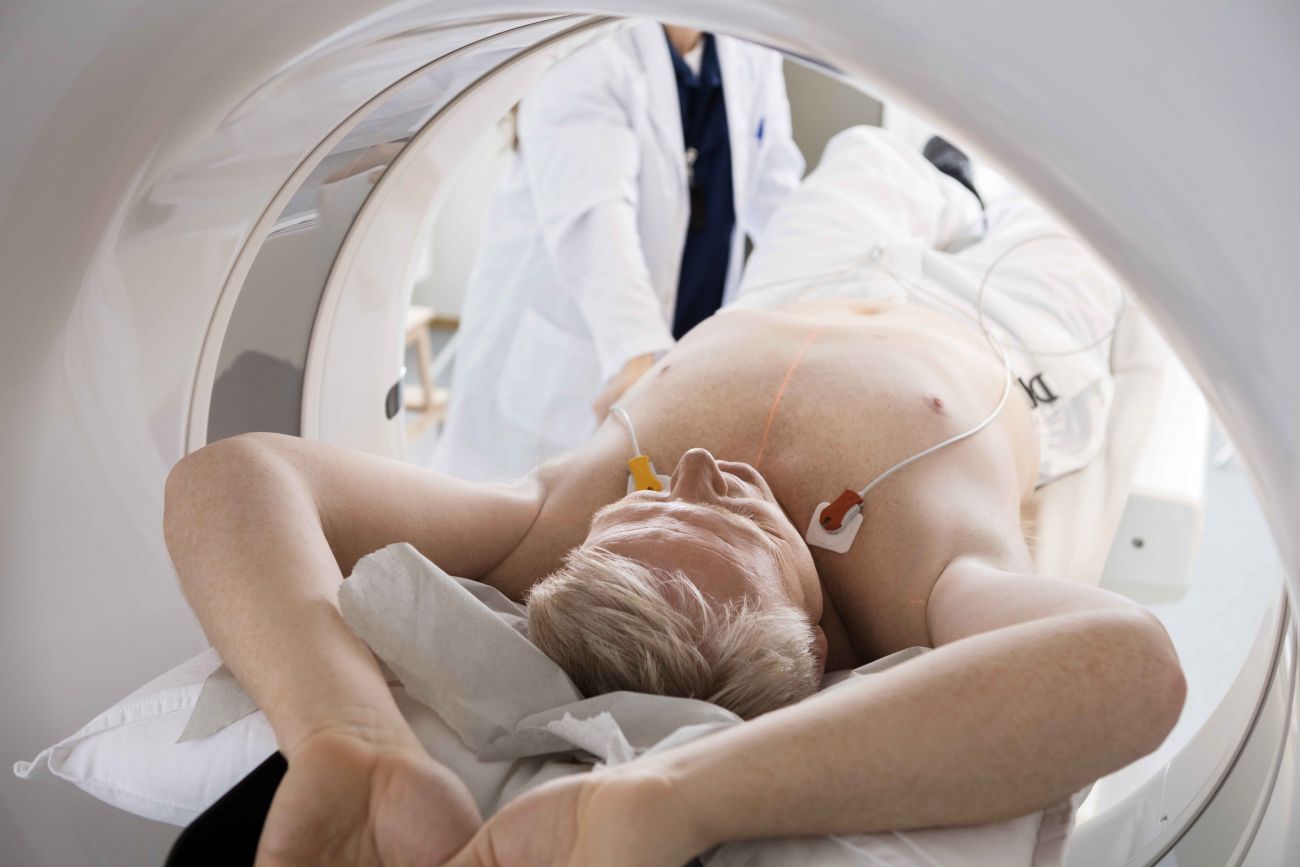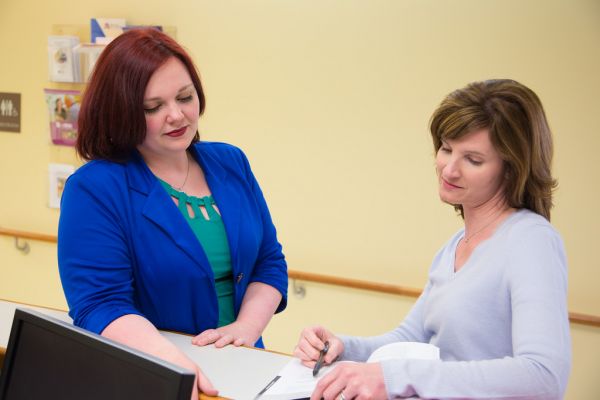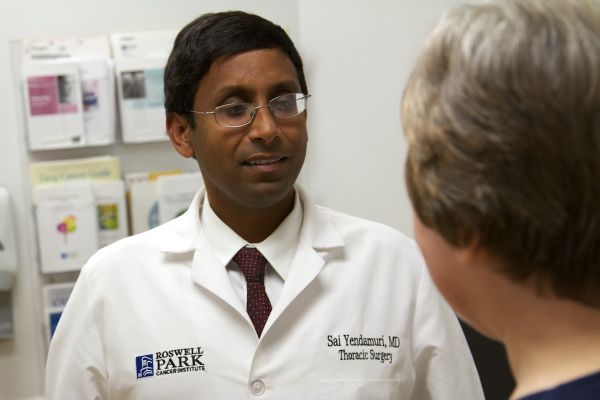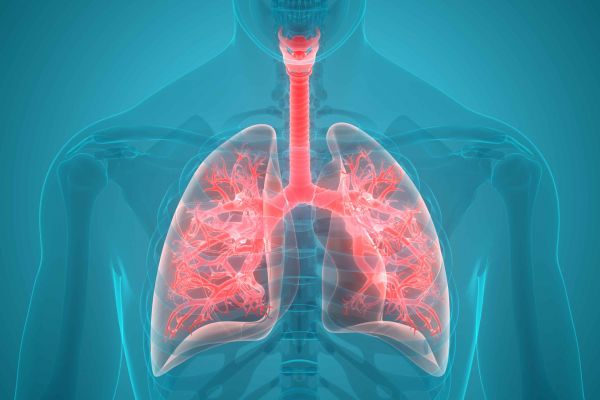For the first time since 2013, a U.S. task force has released new guidelines on who should undergo annual low-dose CT (LDCT) scans for lung cancer, the nation’s leading cause of cancer deaths.
The task force now recommends lung screening for adults 50 years of age, or older who smoked the equivalent of a pack a day for 20 years or longer, and who continue to smoke at that rate or have quit in the last 15 years. This equates to screening five years earlier than recommended by previous guidelines, and screening people with 10 fewer years of smoking exposure.
Mary Reid, MSPH, PhD, Chief of Cancer Screening, Survivorship and Mentorship, is happy the new guidelines now include many more at-risk smokers and former smokers who were not previously eligible for screening.
The new guidelines increase by 6.4 million the number of people eligible for screening, bringing it to 14.5 million.
“We were missing a lot of people at risk for lung cancer. We were excluding whole risk groups,” Dr. Reid says. “Now more of them will get the benefit of early detection.”
In particular, more Black people and women who are younger and smoked less will be encouraged to get the annual low-dose CT scans, which have been shown to reduce the risk of death from lung cancer by 20 to 25% compared with chest X-rays.
Dr. Reid says those groups are at risk of developing lung cancer “even at a lower exposure” to tobacco.
“Women and Black people are at a higher risk of lung cancer at lower levels of smoking, compared to Caucasian men,” Dr. Reid says. “Among smokers who smoke for 30 or 40 years, all groups of people have a similar risk of lung cancer. But among those who smoke for 20 years, Black men have a higher risk of getting lung cancer compared to white men. Women make up half the total cases of lung cancer. With the lower age and smoking exposure requirements, more women will be screened.
“By lowering the age recommendation and lowering the threshold of smoking exposure, we are able to screen more people in these groups and pick up more of their cancers earlier.”
But the new guidelines will save more lives from lung cancer only if there is more awareness of the benefits of lung cancer screening and if more people get screened, Dr. Reid adds.
“Under the current lung cancer screening guidelines, we were screening only about 5.7% of the eligible population in New York State,” she says. “In comparison, 80% of women get mammograms to screen for breast cancer, and 50% of those eligible are screened for colorectal cancer.
“We need to do a better job of rolling out lung cancer screenings,” Dr. Reid says. “There are multiple barriers from multiple places that get in the way of ordering a screening for someone who needs it. The primary barriers to lung-cancer screenings are provider education, the level of reimbursement and the federal reporting requirements.”
Here in New York, physician practices have to pay to be part of a single state registry, which then offers only one site that provides the screenings.
“This discourages small radiology practices from offering the lung-cancer screenings because they can’t afford to pay the registry,” Dr. Reid says.
Rep. Brian Higgins (NY-26) has written a bill to create a free registry, and a state action team from the New York State Department of Health is working to educate people about screening.
“These screenings are a money saver; they save lives and cure disease,” Dr. Reid says. “But you have to have multiple prongs to change policy. We hope the new guidelines will help mobilize people.”
Are You at Risk?
Complete our online risk assessment form to determine if you're eligible for lung cancer screening.
Learn MoreIn the meantime, Dr. Reid points out, getting a lung cancer screening at Roswell Park is “super easy.” If you’re interested in being screened, call 1-800-ROSWELL (1-800-767-9355). If you’re eligible, you’ll be scheduled to be seen by a provider in the Lung Cancer Screening Clinic and scheduled for an LDCT scan.
“We try make it convenient for patients to get the LDCT. If they live far away, we will refer them to other imaging centers that are closer for them,” she says. “The goal is to get them screened and to find any lung cancers early, when they can be cured.”
While private insurance, Medicare and most Medicaid plans cover the cost of the screenings — and are expected to soon begin covering those now eligible under the new guidelines — researchers have found that half of those eligible for the scans either have no insurance or have a Medicaid plan that doesn’t cover them.




